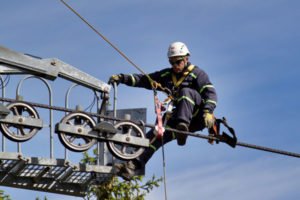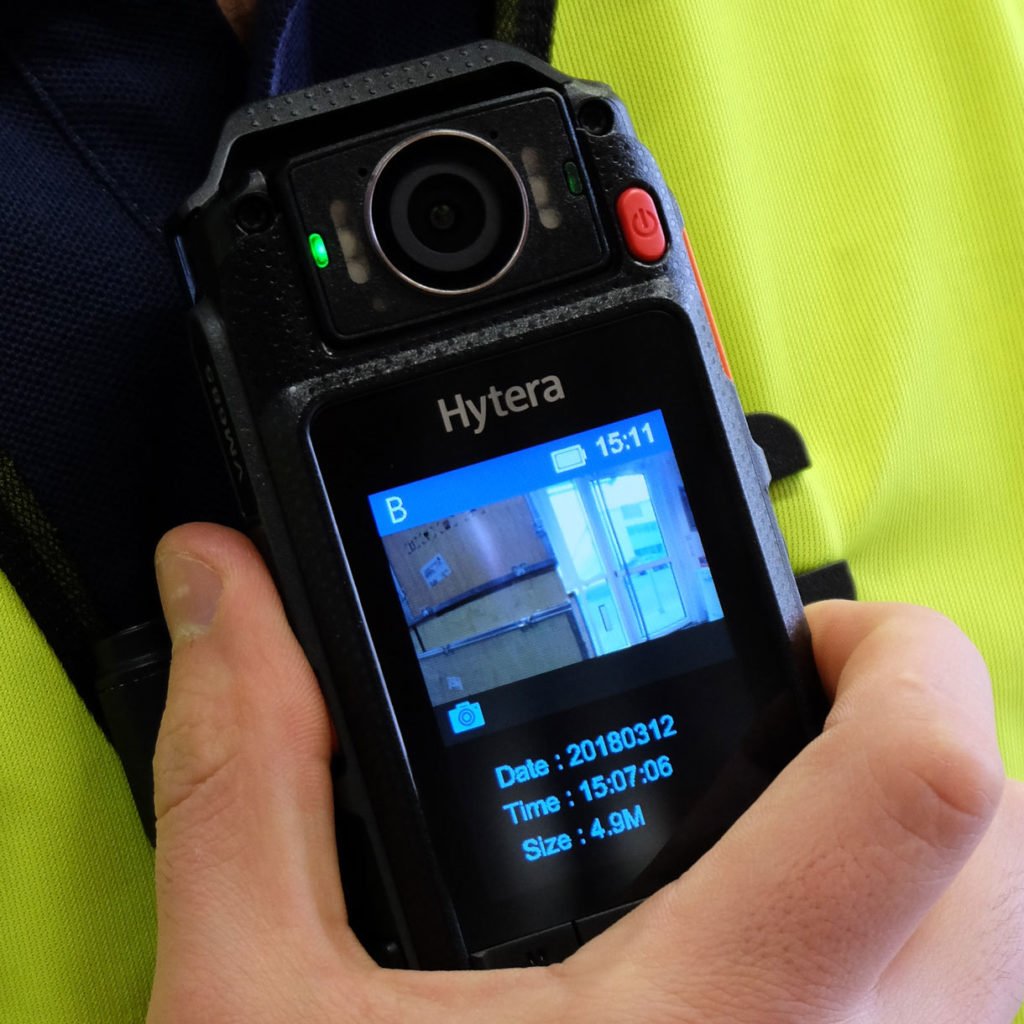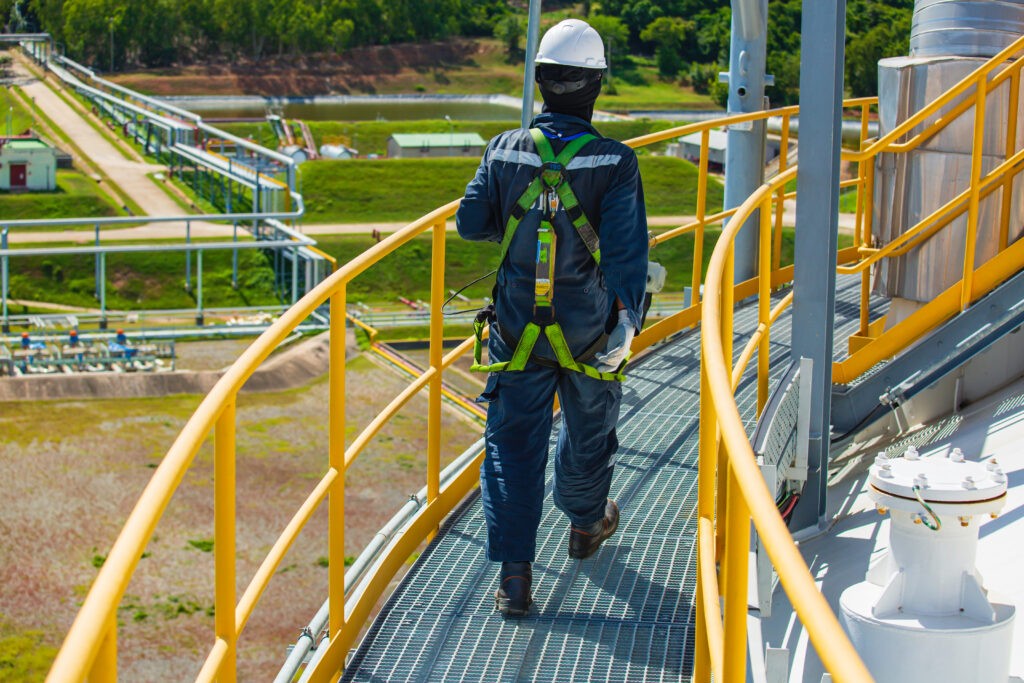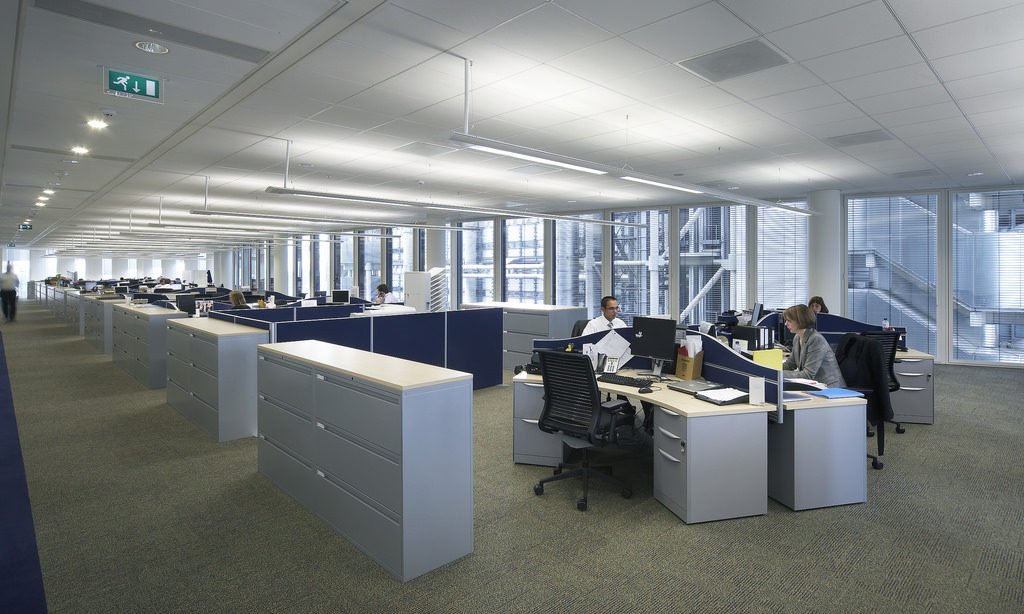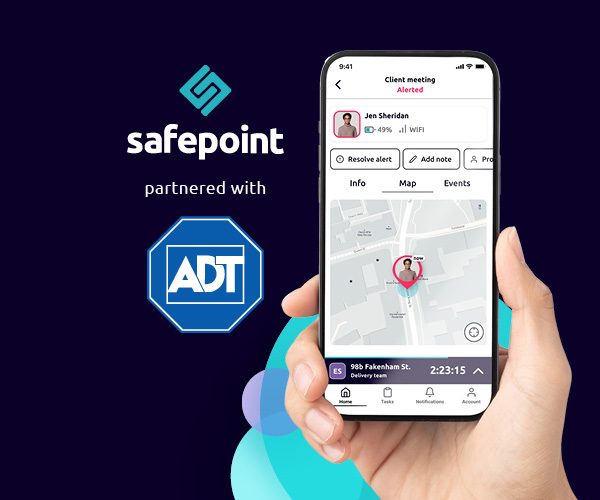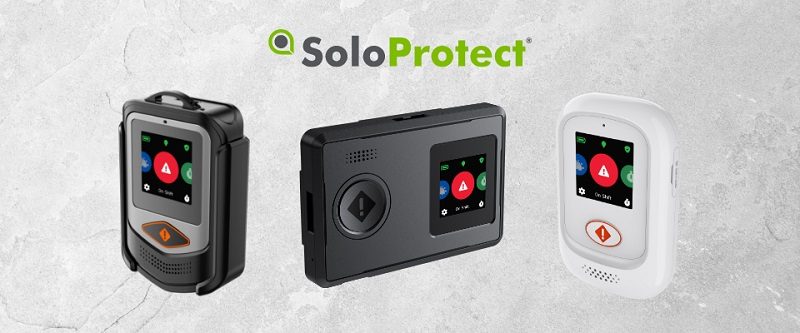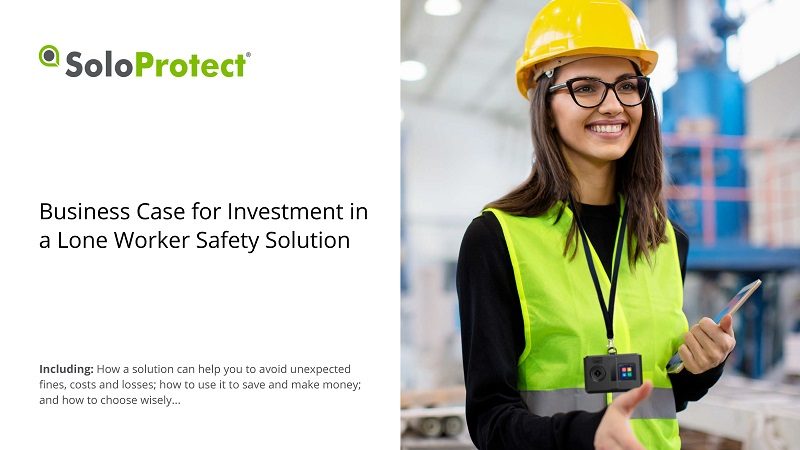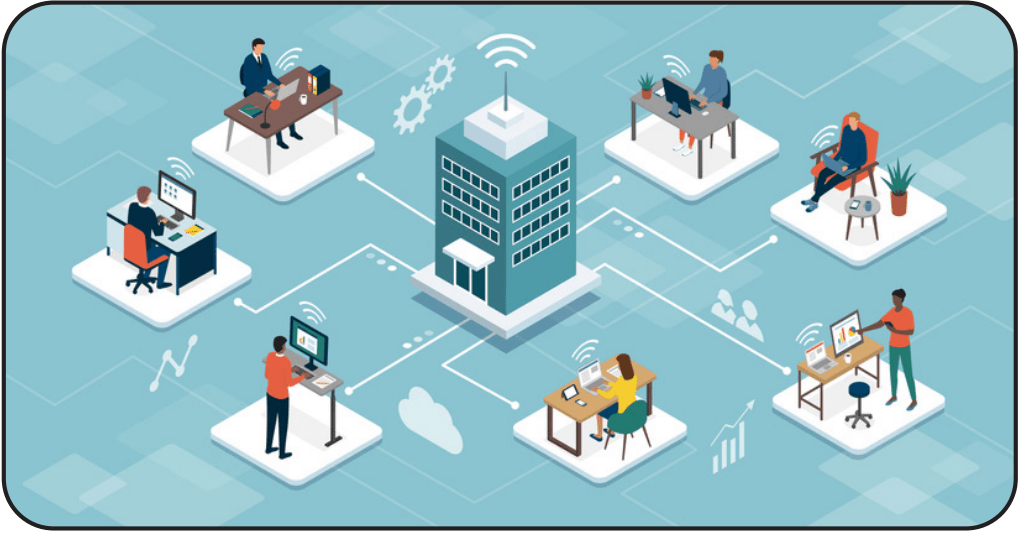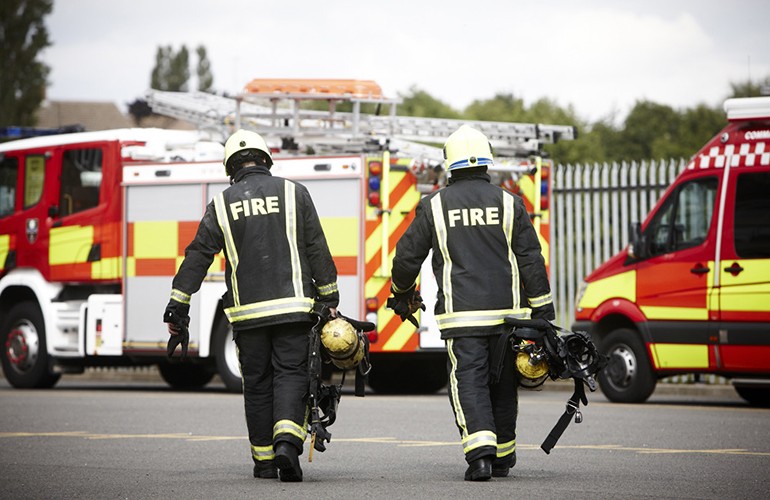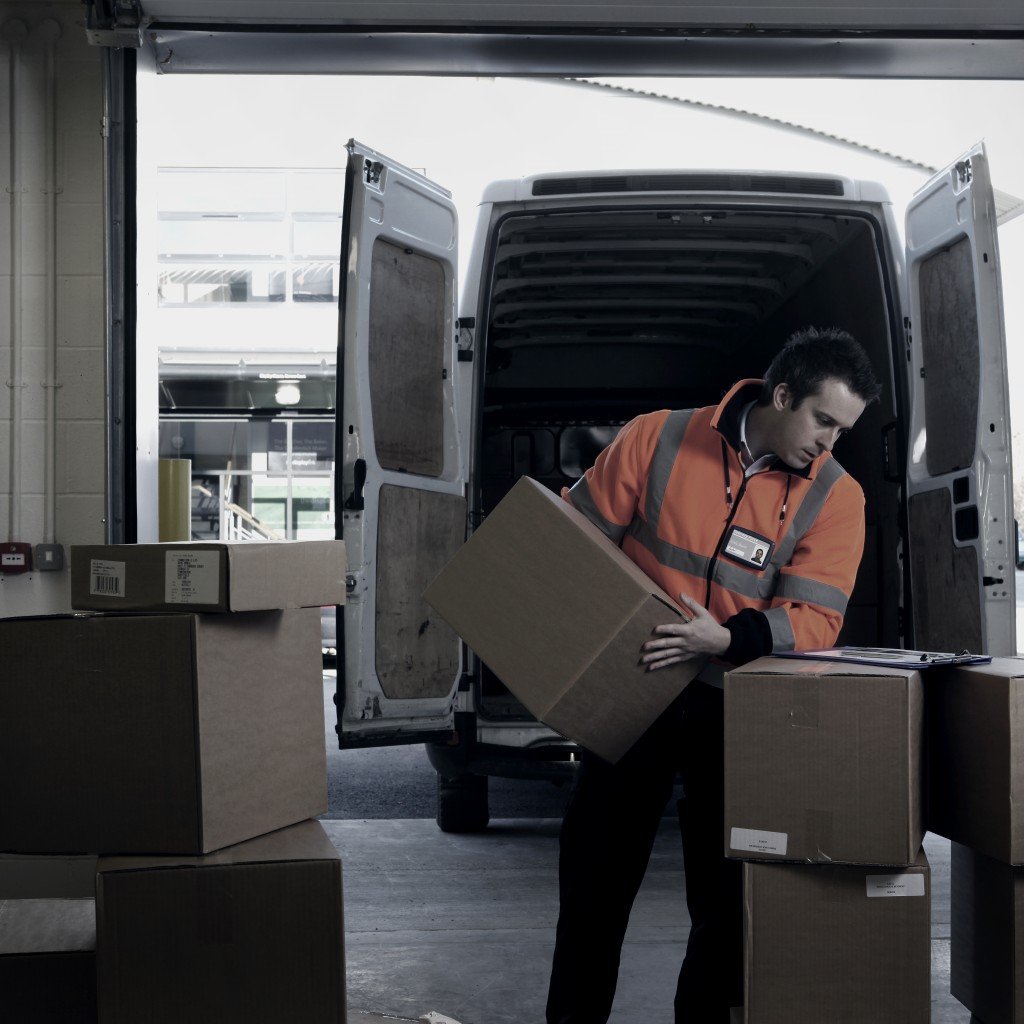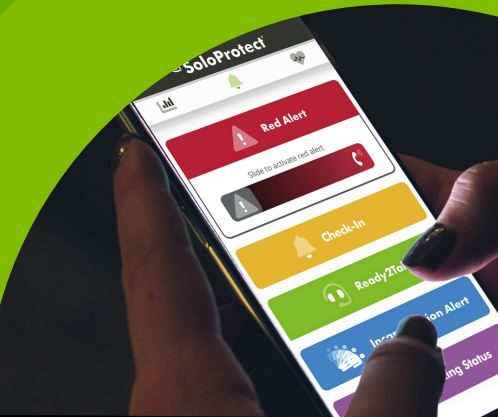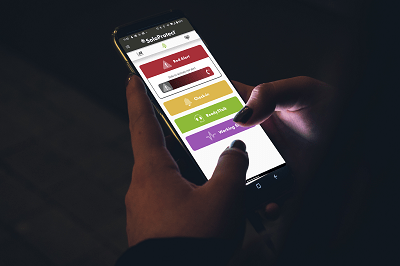by yourself in a remote location presents a set of challenges both for employers and the lone workers. It is estimated that there are eight million lone workers in the UK which represents about 20% of the UK workforce. On this content hub, SHP brings you the latest .
What is ?
The HSE classifies a as ‘someone who works by themselves without ‘, and this incorporates a wide range of job roles. As well as home workers and , such employees as engineers, construction workers and field technicians whose role does not permit them to at home are becoming increasingly familiar with , with reduced capacities, staggered shift patterns and other such social distancing measures seeing employees frequently coming into situations where they alone or without direct for extended periods of time.
The HSE states that, as an , it is your duty to manage any and risks before you allow people to alone. This applies to anyone contracted to for you, including self-employed people.
risks
Risks that particularly affect lone workers include:
- violence;
- Stress and or wellbeing;
- A person’s medical suitability to alone;
- The itself, for example if it’s in a rural or isolated area.
from home
 You have the same and responsibilities for home workers and the same liability for accident or injury as for any other workers. This means you must provide , education and , as well as implementing enough control measures to protect the .
You have the same and responsibilities for home workers and the same liability for accident or injury as for any other workers. This means you must provide , education and , as well as implementing enough control measures to protect the .
Writing for SHP in 2018, Worthwhile ‘s Nicole Vazquez suggested employers need to be aware that their home workers are lone workers and should be treated as such, particularly when it comes to and wellbeing.
During the coronavirus pandemic, when many employees that were perhaps not used to from home were required to remotely, SHP, Barbour EHS and The Healthy Company put together a home content hub, to provide research, case studies, videos and resources to enable you to lead this transition in a way which safeguards the wellbeing of your teams and maximises the opportunity to embrace new ways of for the future.
Around 8.7 million people said that they worked from home in 2019 – less than 30% of the UK workforce – according to a survey by the Office for National Statistics. The same survey also reported that only 1.7 million regularly worked from home. This means employers and employees should be aware of occupational health and safety in the home.
Click here for SHP’s guide to home .
Find out more on home from the HSE.
Updates to HSE on – Policies and Procedures Explained
In March 2020, the HSE updated its Protecting Lone Workers: How to Manage the Risks of Alone document, which advises employers and employees on the factors that need to be considered when assessing and managing the risks to lone workers’ , and wellbeing.
What must an of a do?
Despite being a completely legal procedure, employers need to ensure that the , and wellbeing of lone workers is taken as seriously as it is for those employees based permanently on premises/in near constant contact with their supervisors and fellow colleagues. Employers have a duty of care to ensure the and of lone workers as far as is reasonably practicable under the and at 1974, as well as being legally required to assess and manage the risks to employees under the Management of and at 1999.
Lone workers should be accommodated within an ‘s general , with policies put in place to control, mitigate and remove the level of they face when alone. As part of a checklist, employers must assess, monitor and review such factors as manual handling, illness, fire , slips, trips and falls, equipment failure and violence, implementing a range of control measures that apply to each individual employees’ that will help to reduce and eliminate such risks.
While those who are face the same and risks as any other , there is a greater of these hazards causing harm, as lone workers may not have anyone to provide help or support in the event of an incident. Employers need to be aware of this heightened level of , and as a result, all organisations are legally required to regularly review and update their procedures and assessments for lone workers to safeguard their and wellbeing.
What is a ?
While employers are accountable for implementing policies and procedures, lone workers are equally responsible for understanding and following them. As well as ensuring a positive culture, a clearly define employees’ responsibilities and outline any for reporting incidents. Examples of procedures for employees include attending any issued by the , identifying and reporting incidents, accidents and near misses and carrying a monitoring or device when required.
What are the key updates within the HSE’s Protecting Lone Workers document?
A major area of focus for the HSE’s updated document is that of employees’ , particularly the impact of on stress and wellbeing. Not only does alone have a higher chance of invoking feelings of isolation and disconnect due to the lack of social contact and the physical presence of colleagues, but it can also mean that employers are unable to detect the warning signs of an who may be experiencing or at of experiencing -related stress, depression or anxiety.
In light of its latest annual statistics report, in which the HSE discusses the increase in -related stress, depression and anxiety in the UK in recent years, the new calls for employers to pay closer attention to the of lone workers, with support systems in place to ensure that managers keep in close contact with their employees. Employers have a legal duty to support their lone workers and look after their in the by carrying out assessments, modifying environments accordingly to ensure that appropriate measures are in place to help keep feelings of isolation, stress and anxiety at bay. This includes the implementation of procedures that allow direct contact between a and their line manager.
In line with this, the HSE document has also been updated as to how managers should maintain contact with lone workers. Technological advances mean that there is no end to the number of ways in which employers can maintain a strong level of communication and monitor those who are , supervising their workload and checking in with them. Employers should regularly keep in touch via pre-agreed meetings, include employees in social events inside and outside of , update and consult them on any changes they may be affected by and provide as and when required.
The final update to the HSE document is how to protect lone workers against the of -related violence. While all employees are technically at from violence in the , concerns regarding the vulnerability of lone workers often arise from the fact that they cannot always call on support to prevent an incident from occurring or immediately notify their employers if one has occurred. Recommended procedures to safeguard employees against the of violence include on personal and the provision of equipment that can be operated manually or automatically to raise the alarm if an incident occurs.
Online
With certain social distancing guidelines set to remain in place for the foreseeable future, it is more important than ever for employers to maintain the , and wellbeing of lone workers during these uncertain times. As a result, & testing, inspection and compliance services firm SOCOTEC is providing a range of related online courses on and wellbeing, providing employers and employees alike with and support on such topics as mindfulness, resilience and stress awareness.
Providing additional safeguards for lone workers
Lone workers are more prone to -related accidents, due to their prolonged exposure to environmental factors and the lack of . Businesses have a responsibility to make sure they protect their employees who alone by identifying the hazards and setting up procedures to prevent possible accidents and injuries. By law, employers have a legal duty to assess all risks to and and provide a safe environment for all their employees. However, most business owners tend to ignore the regulations and not having appropriate measures in place to protect these workers can have a very costly effect on businesses. Fortunately for business owners, we live in an age of innovation where personal is one of the leading technological fields. Personal tracking technology created a plethora of devices and applications that can be used in the business world to keep track of employees and improve their .
As with any other , there are certain steps to take to establish a secure environment. the employees about the potential dangers they may face in the field is the first step. Informed personnel is less likely to be involved in accidents, and they know what to do in case of emergencies.
APPs help to provide additional for employees who in distant, remote job sites. Technicians, service agents, miners and people of similar professions are required to without any contact with other people for hours during their shifts. Because of the solitary conditions, any serious accidents that might happen can lead to devastating consequences if not responded in a timely manner.
Emergency situations are always time sensitive, and it is important to send medical help as quickly as possible. A APP offers effective tools that can help reduce the response times drastically. Geofence zones, real-time location tracking, man down alarm and timed sessions are only a few of the prominent tools managers can use to increase the of their . Geofence zones can be utilized as an early warning system as well as to check the arrival and departures times of the employees to the job site. Once breached, a geofence zone issues an alert to the responsible supervisor. Field managers can check if the breach is according to schedule or an unplanned movement. If the has indeed left the job site untimely, the manager can contact the to find out if it is an emergency situation. These virtual perimeters enhance and allow business managers to determine if an is efficient or spends more time than they are supposed on a job order.
Click here to read more on providing additional safeguards for lone workers.
What3words
In 2020, Thames Water became the latest company to announce it was to start using the What3words smartphone app to provide more accurate, pinpoint location information across its vast away of sites. This followed a report in 2019 that the police had urged everyone to download the What3words app, saying it had already been used to help save lives.
What3words has divided the world into 57 trillion 3m by 3m squares and given each a unique three word ‘address’. It means, a person’s exact location can be pinpointed, more accurately than a street name or postcode, in the event of an emergency. The caller can simply describe precisely where help is needed, using just three words.
The app is free to download for both iOS and Android phones and, once installed, does not need an online connection to . The three-word format also works anywhere in the world, in 36 languages.
Eight apps for lone workers
A smartphone is a great tool to help lone workers maintain contact with their supervisor or , whilst also also enabling them to access a range of apps on a they are familiar with – and this can play an important role in their .

